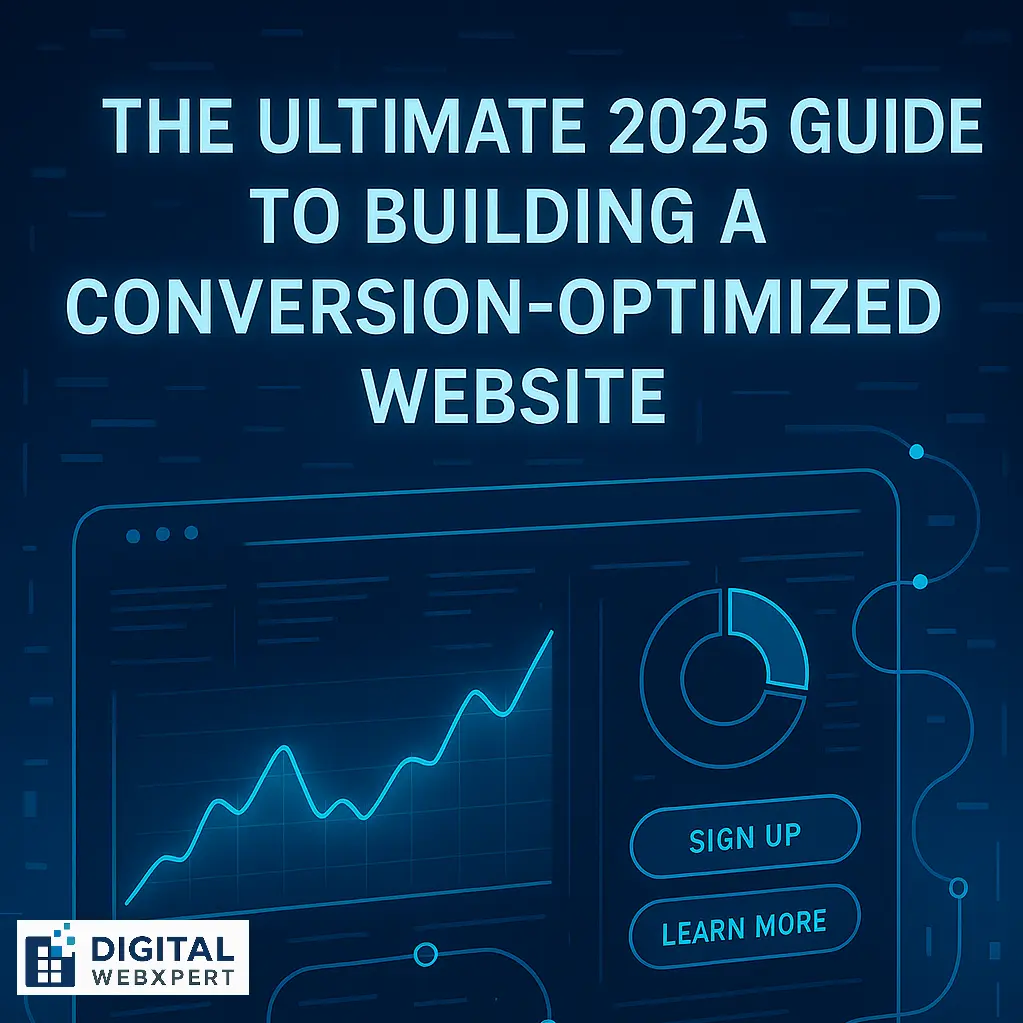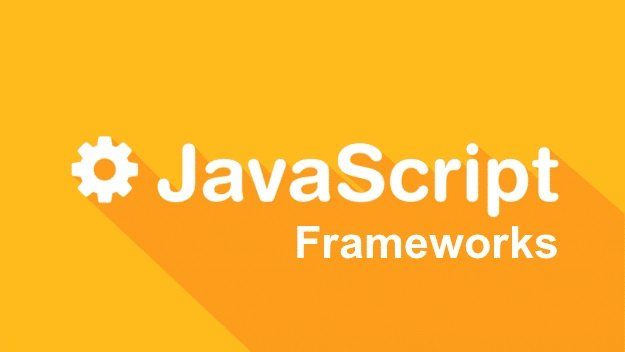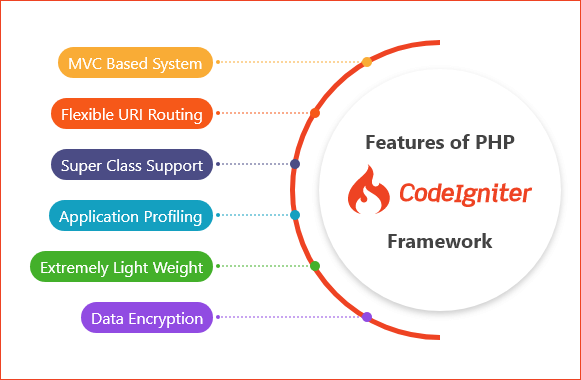Introduction
A conversion-optimized website is no longer optional in 2025—it’s the backbone of online growth for businesses. Whether you’re a small business owner, a startup founder, or an eCommerce seller, your website isn’t just a digital brochure; it’s your most powerful sales engine. In this guide, we’ll explore proven strategies to build a high-converting website that drives traffic, engages visitors, and turns them into loyal customers.
Why Conversion Optimization Matters in 2025
Your website design and structure directly impact how visitors interact with your brand. A high converting website means better ROI from your marketing campaigns, lower customer acquisition costs, and higher lifetime value per customer. In today’s competitive digital landscape, CRO-friendly sites are not just a trend—they’re a survival necessity.
Core Elements of a Conversion-Optimized Website
1. Fast and Mobile-First Design
Over 65% of web traffic now comes from mobile. A website designed for conversions must load in under 3 seconds and deliver a seamless mobile experience.
2. Clear Value Proposition
Visitors should know within 5 seconds what your site offers and why it’s valuable. Use bold headlines, strong CTAs, and engaging visuals to make your offer stand out.
3. User-Friendly Navigation
A CRO-friendly site eliminates friction. Streamlined menus, breadcrumbs, and intuitive layouts make it easier for users to find what they need—and take action.
4. High-Converting Landing Pages
Dedicated landing pages tailored for specific campaigns outperform generic pages. They allow you to test, tweak, and refine messaging for maximum impact.
5. Social Proof and Trust Signals
Reviews, testimonials, and case studies boost trust. Adding security badges, money-back guarantees, and clear policies also reassures visitors.
Advanced CRO Strategies for 2025
1. Personalization with AI
AI-driven personalization helps create a website that drives sales by delivering custom content, product recommendations, and user journeys.
2. Conversion Copywriting
Every word on your site should encourage action. Using benefit-driven language and powerful CTAs improves conversion rates dramatically.
3. Heatmaps & Analytics
Understanding user behavior through heatmaps, scroll maps, and A/B testing ensures you’re always optimizing your high converting website based on real data.
4. Smart Popups & Exit Intent
Properly designed popups can recover abandoning visitors and encourage newsletter sign-ups or discount-based conversions.
5. Chatbots & Automation
AI chatbots provide instant support, answer FAQs, and guide visitors toward making purchasing decisions.
eCommerce Optimization: Driving More Sales Online
For eCommerce businesses, building a conversion-optimized website goes far beyond visuals—it’s about creating a frictionless buying journey from product discovery to checkout.
Optimized Product Pages
- High-quality images and videos: Multiple angles, zoom, and lifestyle shots build confidence.
- Compelling product descriptions: Focus on benefits, not just features, and use storytelling.
- Urgency triggers: Low stock alerts or limited-time offers increase conversions.
- Cross-selling and upselling: Display related or complementary products to increase average order value.
Streamlined Checkout Process
- One-page checkout: Minimize steps to reduce cart abandonment.
- Guest checkout option: Don’t force account creation.
- Multiple payment options: Credit cards, digital wallets, and local methods.
- Trust signals at checkout: Security badges, SSL certificates, and clear return policies.
Post-Purchase Upsells
- Thank you page offers: Exclusive discounts or bundle deals.
- Email follow-ups: Personalized product recommendations.
- Loyalty programs: Reward repeat customers with points or perks.
When done right, these tactics turn a simple store into a high converting website that continuously boosts revenue.
Common Mistakes to Avoid
- Overloading with unnecessary plugins and widgets
- Slow-loading images and unoptimized scripts
- Poor CTA placement
- Ignoring mobile responsiveness
- Lack of consistent branding across pages
Tools to Build a Conversion-Optimized Website
- Google Optimize / Optimizely → A/B testing
- Hotjar / CrazyEgg → Heatmaps
- HubSpot / ActiveCampaign → Marketing automation
- WordPress / Webflow → Flexible site builders
- Shopify / WooCommerce → For eCommerce optimization
Future of Conversion Optimization in 2025
With AI, voice search, and AR/VR integration becoming mainstream, the next generation of websites will focus on hyper-personalized, immersive experiences. Staying ahead with CRO strategies ensures your business isn’t left behind.
Conclusion
Building a conversion-optimized website in 2025 requires more than good design—it requires data-driven strategies, personalized experiences, and user-first approaches. Whether you’re a small business, eCommerce seller, or B2B service provider, implementing these best practices will help you create a website designed for conversions that drives long-term growth.



